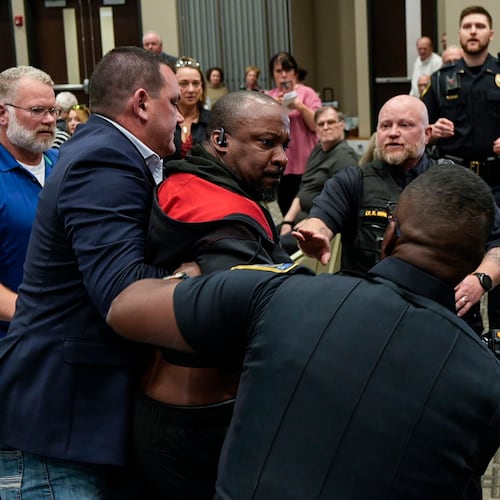Most voters fail to verify the accuracy of paper ballots printed by touchscreens like those being rolled out in Georgia this year, according to a new study.
Unless voters review their choices, potential hacking of election results could go undetected, said the University of Michigan study published Wednesday.
Just 7% of voters detected errors on computer-printed paper ballots, the study found. The number of voters who reported ballot errors increased to 16% when they were warned by poll workers that the paper ballot was the official record of their vote.
A pending Georgia elections rule requires poll workers to give verbal instructions to voters to review their ballots before scanning them. Signs will also be posted in voting locations reminding voters to verify their ballot choices.
The new voting system with touchscreens and printed ballots is scheduled to be used by all Georgia voters for the March 24 presidential primary. The system will replace the state's 18-year-old electronic voting machines, which didn't produce paper ballots.
But the new system depends on voters to ensure that their ballots reflect their choices, according to the study. Only human verification of paper ballots can detect if malware altered ballots printed by the touchscreens, called ballot-marking devices.
“Error detection and reporting rates are dangerously low,” according to the study. “Unless verification performance can be improved dramatically, BMD paper trails … cannot be relied on to reflect voter intent if the machines are controlled by an attacker.”
Georgia election officials say the state's voting system is secure, and computer-printed paper ballots will be used during recounts and audits to check the accuracy of electronically tabulated results.
Critics of the system say they're concerned that printed ballots could be altered, and it wouldn't take many falsified and undetected ballots to swing a close election. They prefer paper ballots filled out by hand rather than ballots printed by a computer.
The University of Michigan study was conducted at two public libraries where 241 people voted in a simulated election. Votes were changed on every printed ballot, and researchers studied how often voters reported the alterations.
About the Author
Keep Reading
The Latest
Featured




